Photos: Ancient Pyramid-Shaped Settlement
Dhaskalio
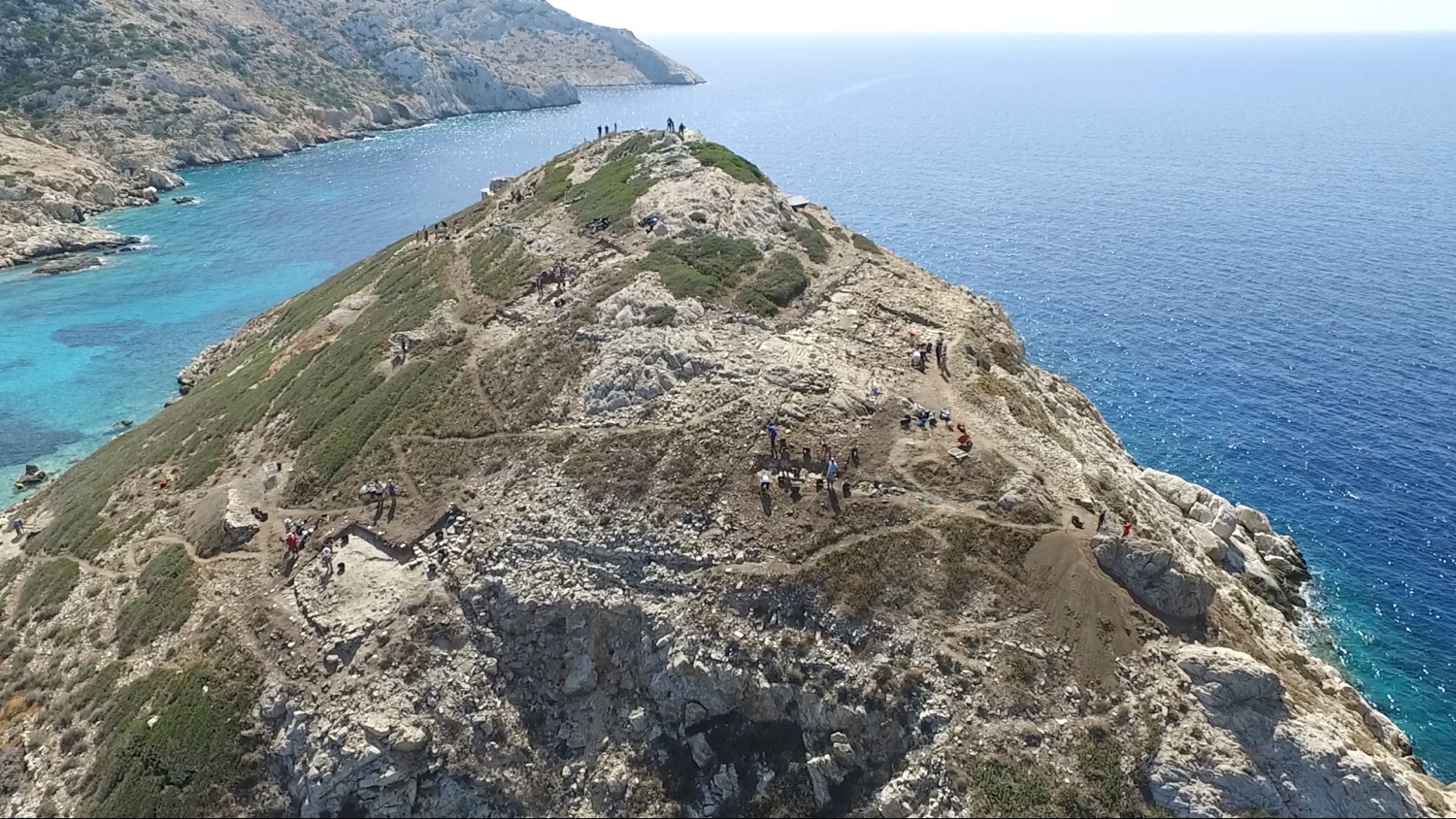
Dhaskalio, shown here, is a small island that is naturally shaped like a pyramid. The remains of a 4,600-year-old settlement have been uncovered on the island. [Read more about the archaeological site on Dhaskalio]
Nearby Keros
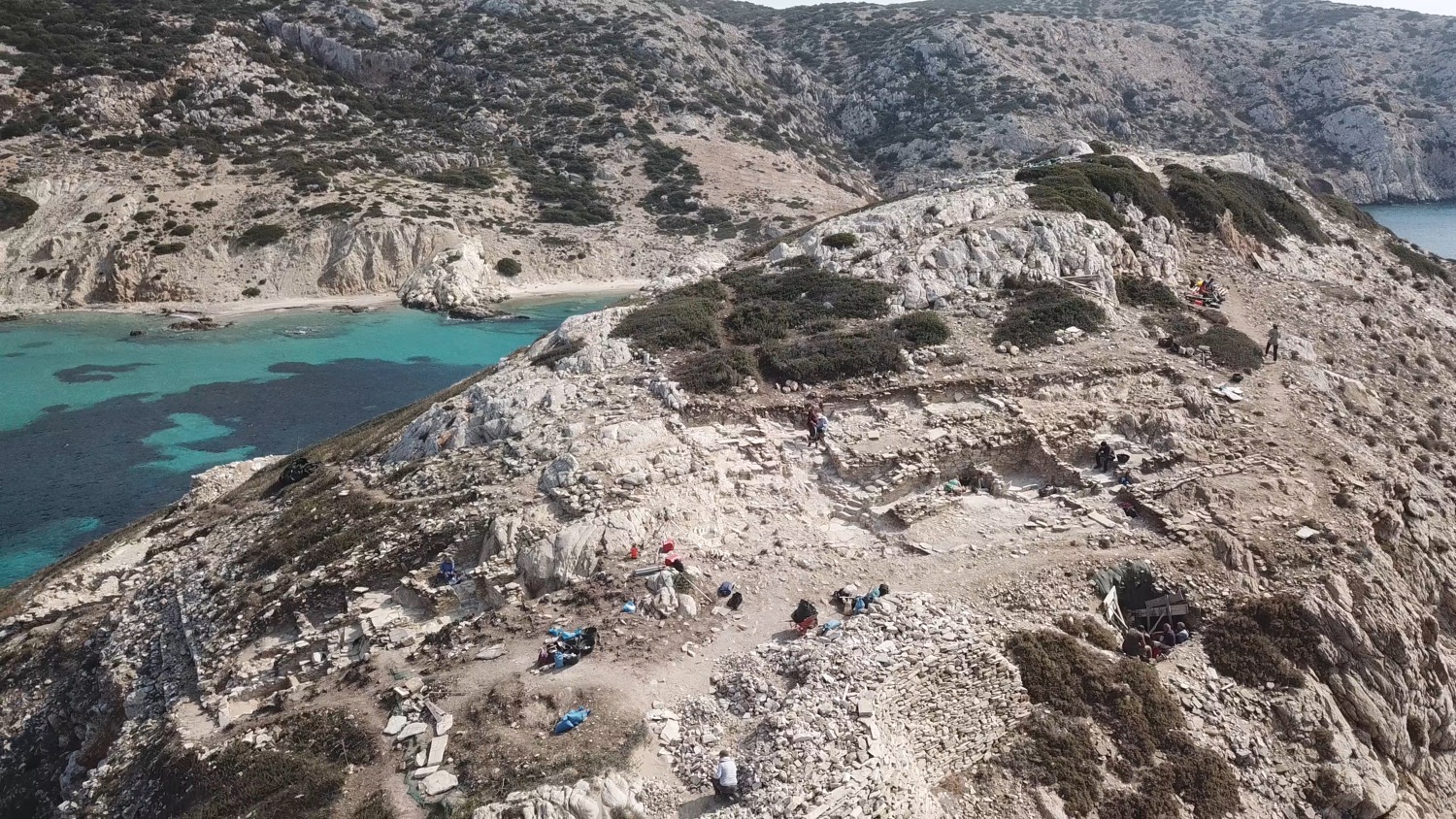
Today, Dhaskalio is located about 295 feet (90 meters) to the west of the island of Keros; however, 4,600 years ago, when the settlement and a nearby sanctuary flourished, sea levels were lower and the two islands were connected by land.
Marble construction
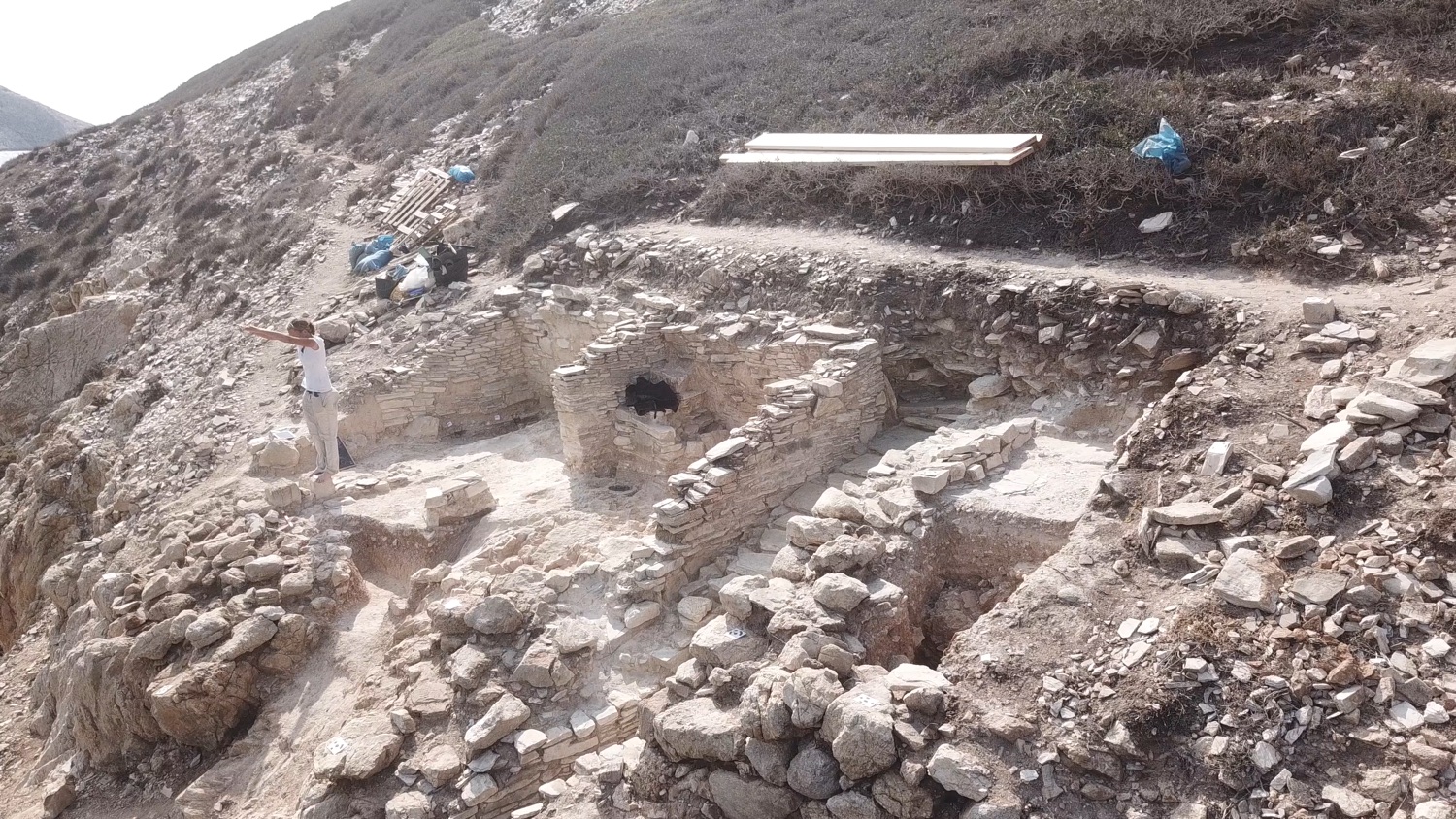
Buildings, walls, stairways and drainage systems were all discovered on Dhaskalio. Many of them were constructed using marble imported from Naxos, an island located about 6.2 miles (10 kilometers) away.
Metal spearhead
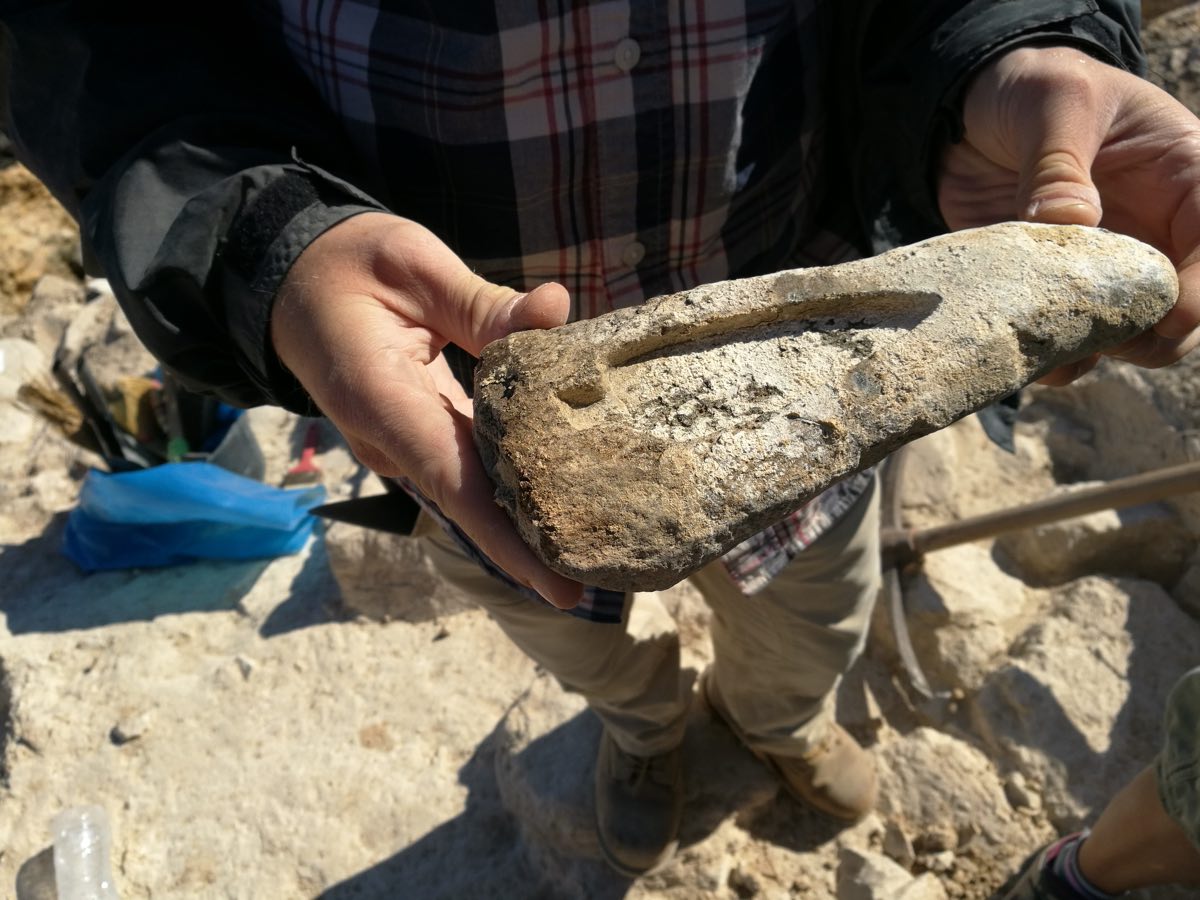
The people who lived at Dhaskalio appear to have manufactured a large number of metal objects. Numerous casts — such as the one seen here — were found. The shape of this cast suggests that it was used to make a metal spearhead.
Sea staircase
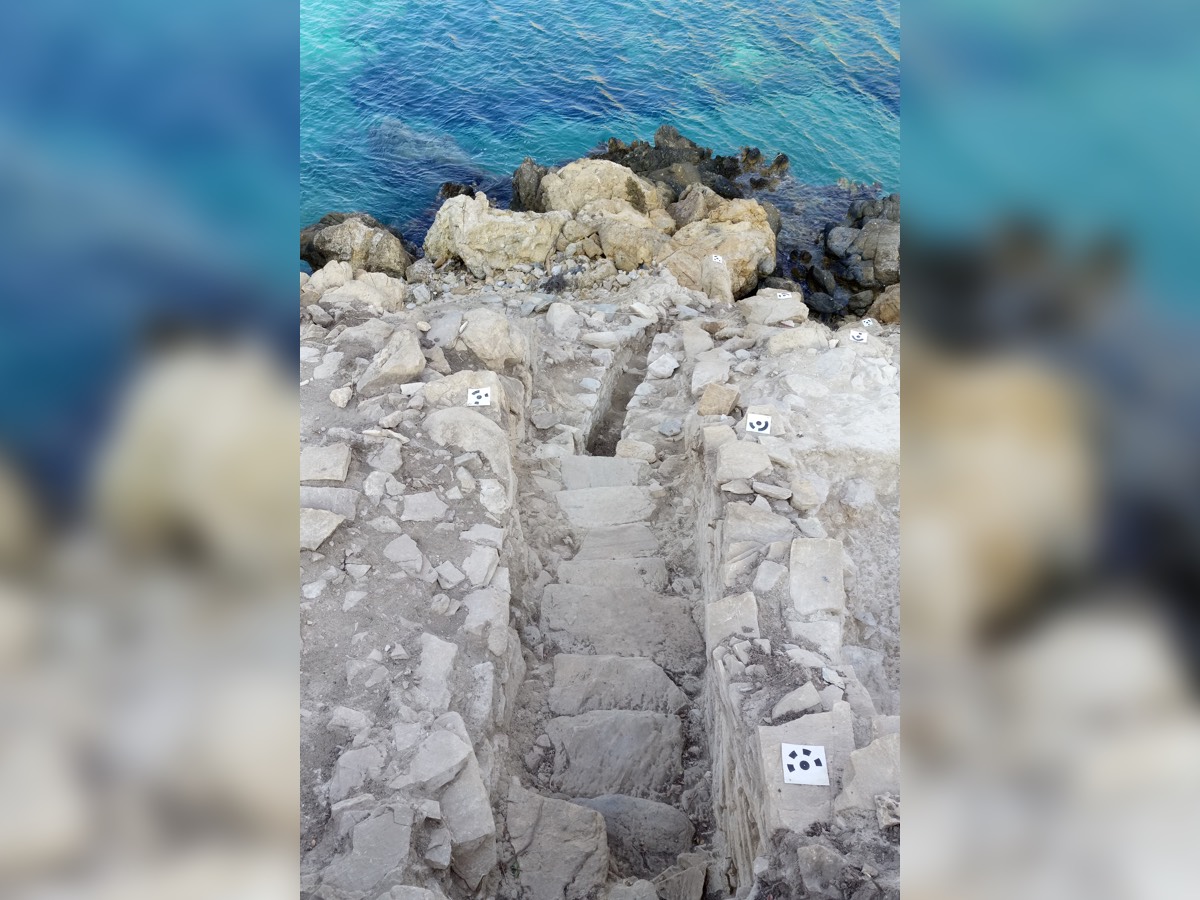
The architecture of the settlement at Dhaskalio is impressive and includes staircases, such as the one seen here. Some 4,600 years ago, this staircase would have led not into the sea but onto land.
Broken statues

A sanctuary was located near the settlement at Dhaskalio. A trove of pottery, figurines and sculptures was found at or near Dhaskalio; these sculptures and figurines appear to have been intentionally broken and brought to the sanctuary. Archaeologists are still trying to understand this ritual.
Urban architecture
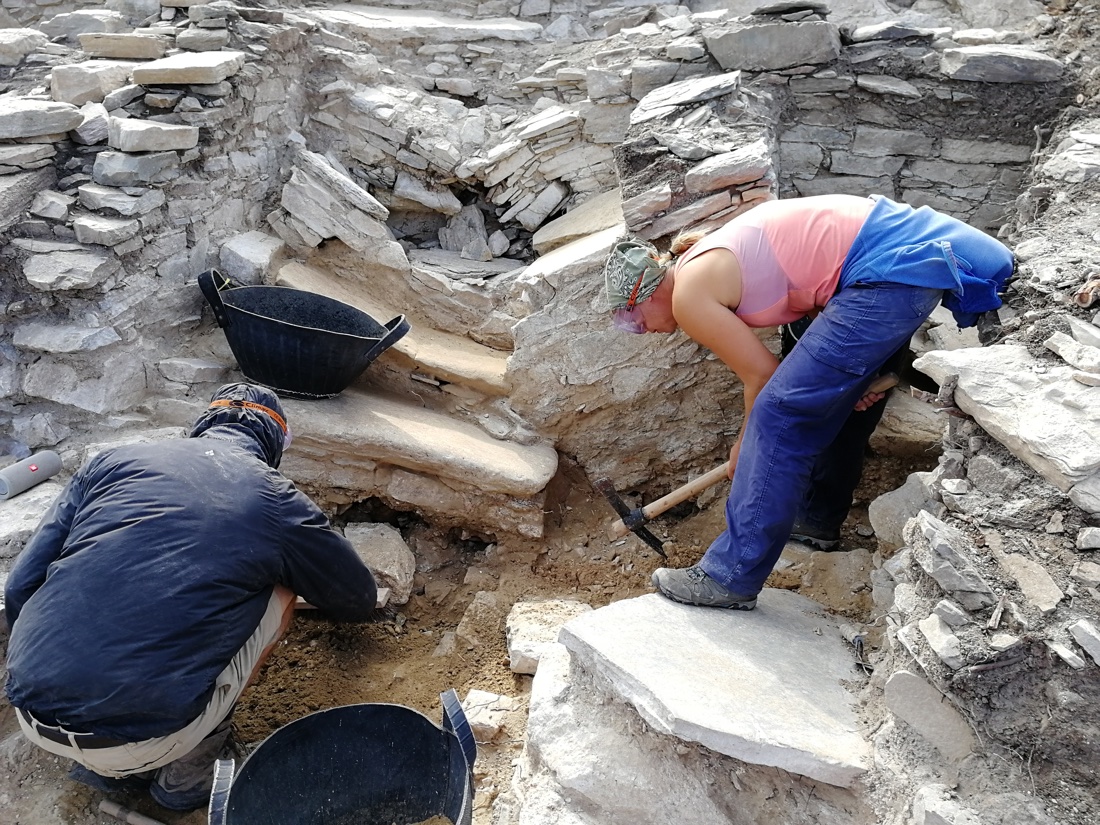
Dhaskalio and the nearby sanctuary were in use for more than 400 years until they were abandoned. The urban architecture left behind is some of the most complex found in the Aegean from 4,600 years ago.
First excavation
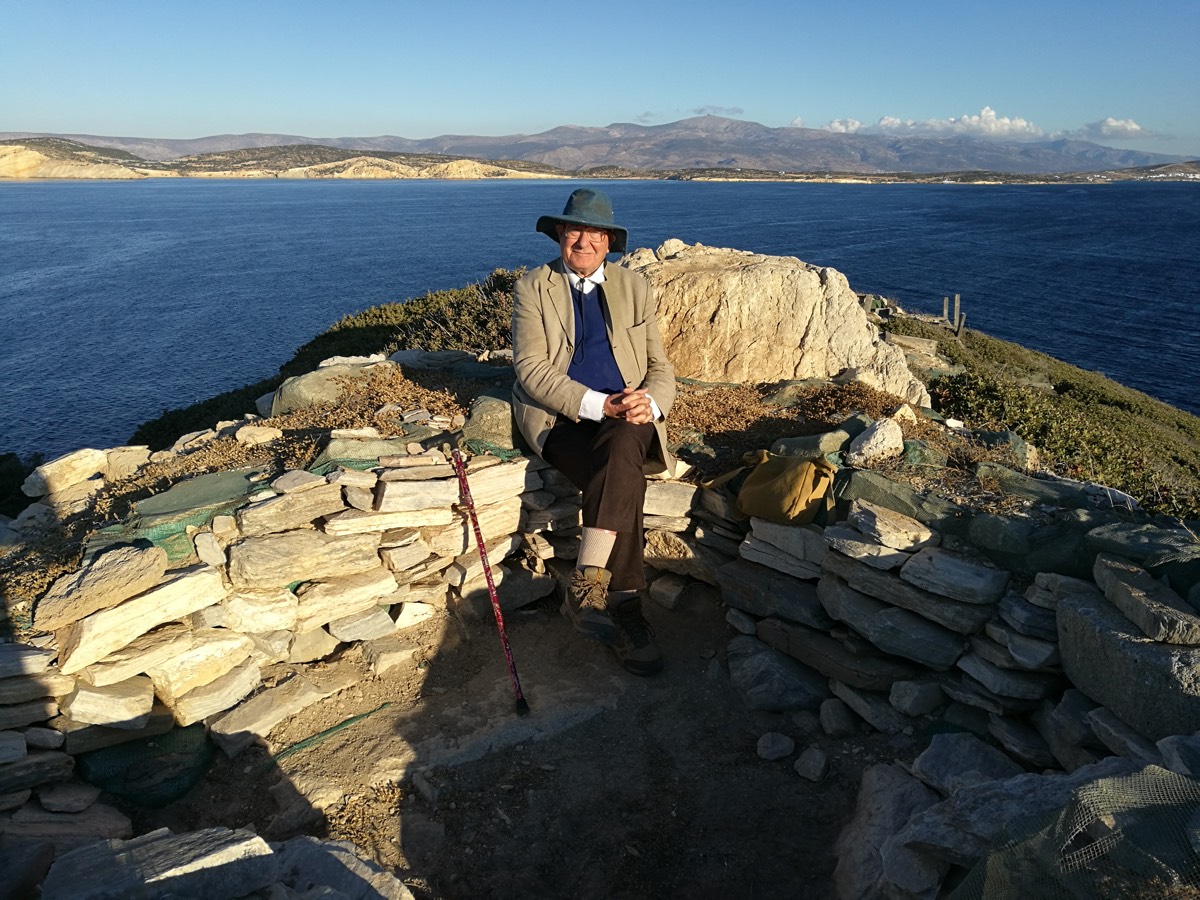
Scientific excavation at the site started in the 1960s when archaeologist Colin Renfrew, shown here, examined an area where looting had been reported.
Dhaskalio mysteries
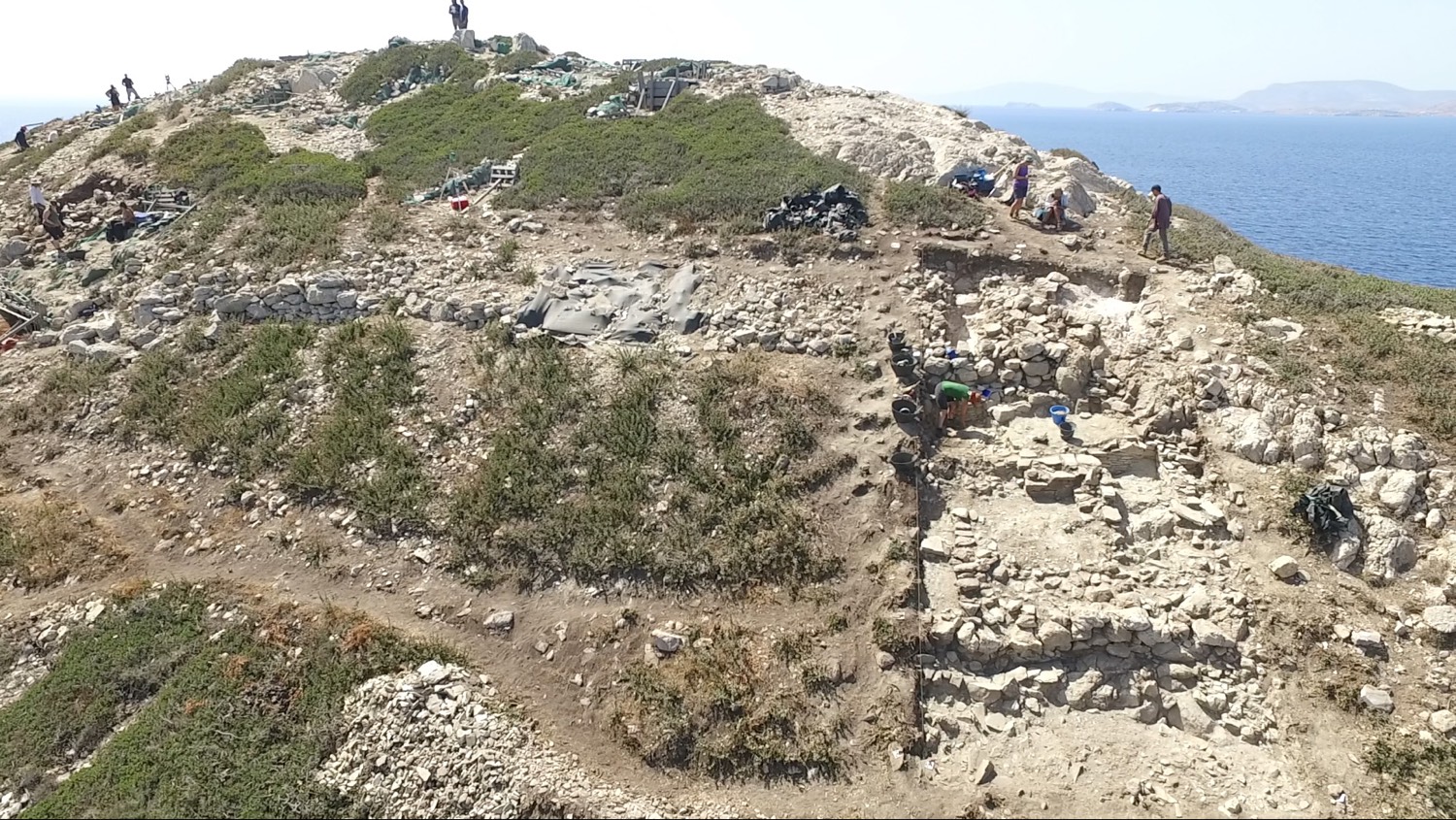
Research continues to present day, as archaeologists are still grappling with the site's many mysteries.
Under water
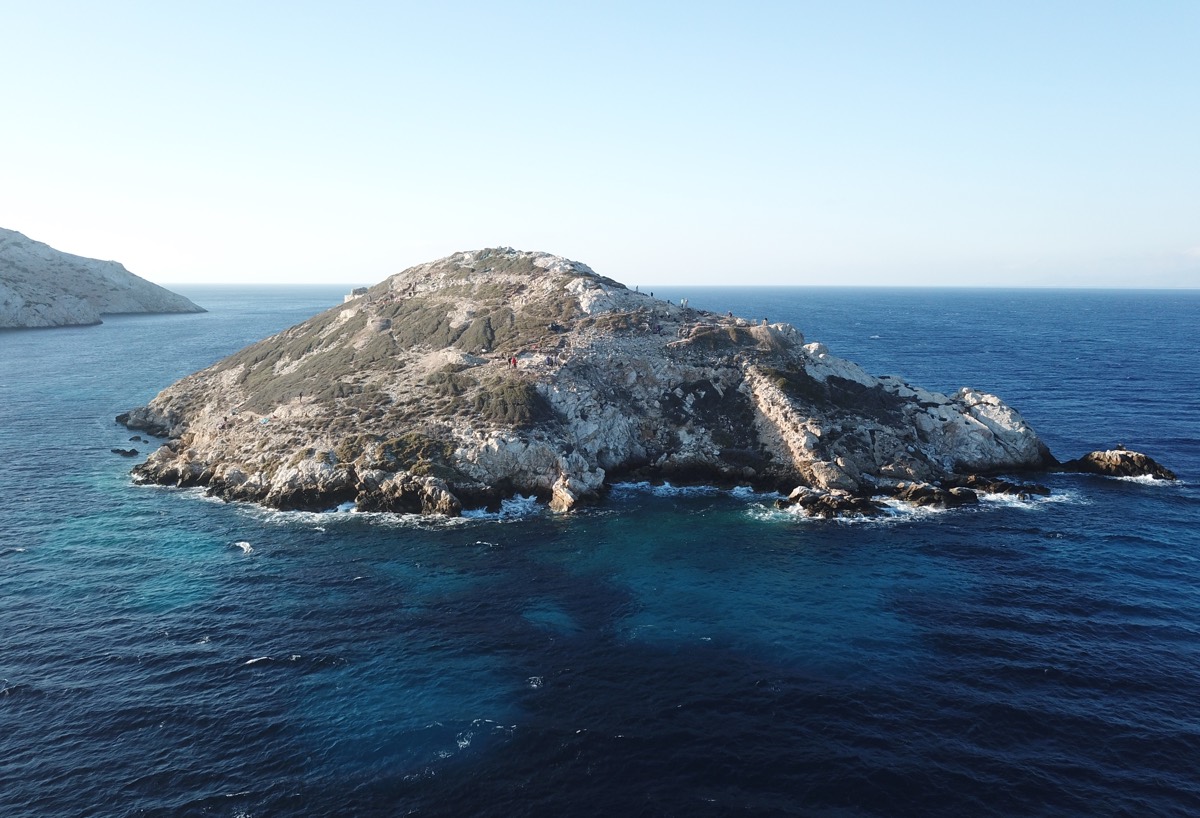
If global warming causes sea levels to rise further, more of the site may be lost. So, it's important for archaeologists to learn all they can.
Sign up for the Live Science daily newsletter now
Get the world’s most fascinating discoveries delivered straight to your inbox.

Owen Jarus is a regular contributor to Live Science who writes about archaeology and humans' past. He has also written for The Independent (UK), The Canadian Press (CP) and The Associated Press (AP), among others. Owen has a bachelor of arts degree from the University of Toronto and a journalism degree from Ryerson University.










